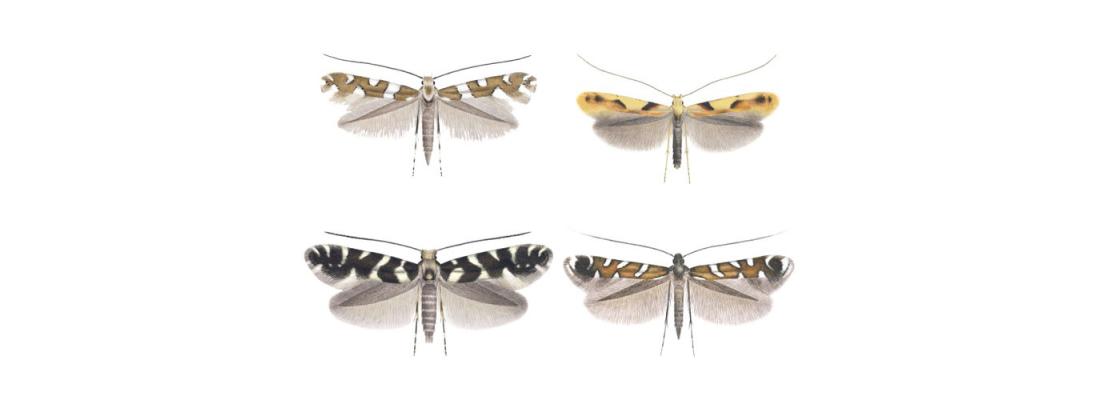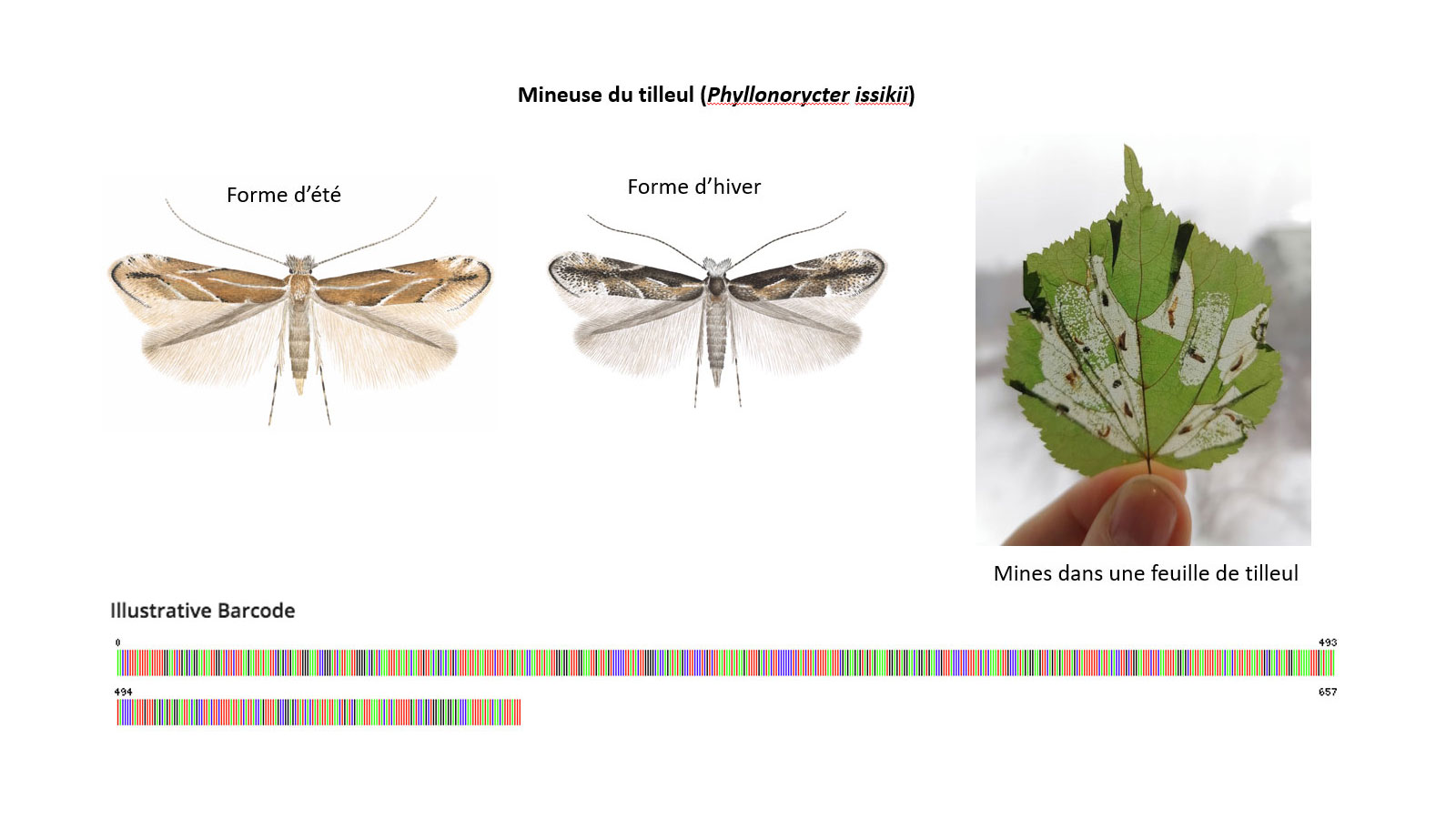Biodiversity Reading time 3 min
DNA barcoding reveals 21 potential new species of European microlepidoptera
Published on 08 March 2021

The Gracillariidae family comprises 263 species, making it one of the largest families of microlepidoptera in Europe. The larva of most gracillariid moths are leaf miners, feeding within the leaves of trees and shrubs making galleries called mines. Some species such as the horse chestnut leaf miner (Cameraria ohridella) and lime leaf miner (Phyllonorycter issikii) are considered major pests.
Alarming forecasts regarding biodiversity loss indicate that the world’s sixth mass extinction has begun. To date, only a small fraction of species on Earth have officially been described and given a scientific name. Insects in particular pose a major challenge for taxonomy, since they are strongly affected by this global decline and include a large number of as-yet unknown species. Furthermore, classifying species using traditional methods is challenging, especially immature stages (larvae, pupae), and in some cases impossible due to the lack of taxonomic expertise.
DNA barcoding: a useful diagnostic tool
DNA barcoding has been proposed as a useful tool to overcome this taxonomy impediment. The idea is to sequence a short standard fragment of the genome (the COI DNA barcode) of an unidentified sample and compare it to other sequences of already-identified insects in a DNA barcode reference library. These DNA barcode databases are a global molecular identification system. The most developed of its kind is BOLD (Barcode of Life Data Systems: www.boldsystems.org), which already contains more than 8 million sequences of a half a million plant and animal species.

The gap in taxonomic knowledge, also known as the Linnean shortfall (after Carl Linnaeus, who formalised the modern system of binomial nomenclature for living organisms), does not affect all groups of insects equally. While European moths are one of the best-known faunas in the world, the group of microlepidoptera that includes small moths measuring only several millimetres is lesser-known, because of the difficulty taxonomists have in studying them.
The analysis of DNA barcoding in this study showed the potential presence of cryptic species, with no morphological differentiation but with significant genetic divergence, in 26 species. Among the 242 species sampled, there are seven non-native species from North America and Asia as well as 11 European species that are considered pests. Our DNA reference library therefore enables non-experts to identify adults and immature stages of the majority of the European fauna of Gracillariidae.
Reference:
Lopez-Vaamonde, C., Kirichenko, N., Cama, A., Doorenweerd, C., Godfray, C., Guiguet, A., Gomboc, S., Huemer, P., Landry, JF, Lastuvka, A., Lastuvka, Z., Kyungmin L., Lees, D., Mutanen, M., van Nieukerken E., Segerer, A., Triberti, P., Wieser, C., Rougerie, R. 2021 Evaluating DNA barcoding for species identification and discovery in European gracillariid moths. Frontiers in Ecology and Evolution 9. https://doi.org/10.3389/fevo.2021.626752
